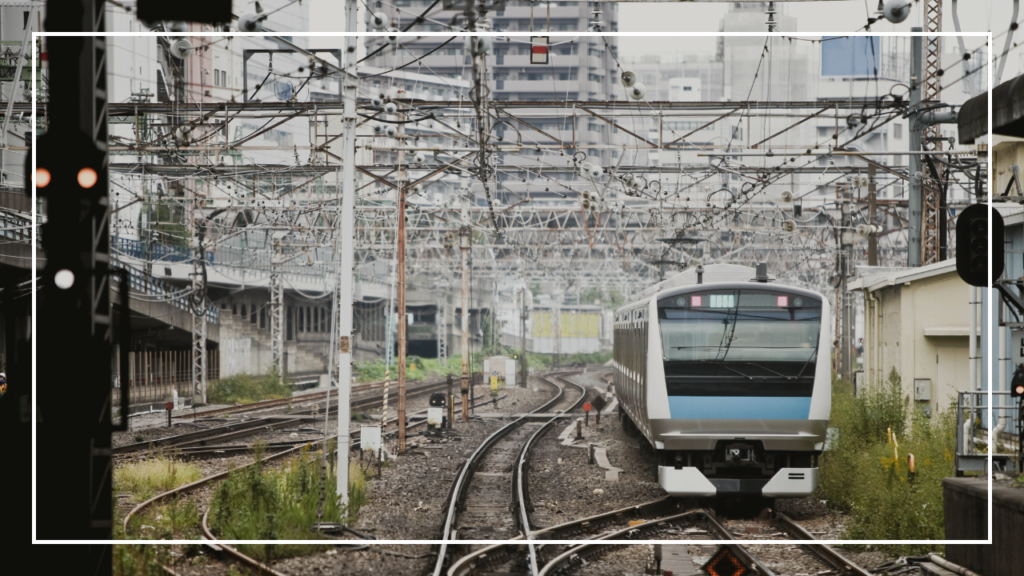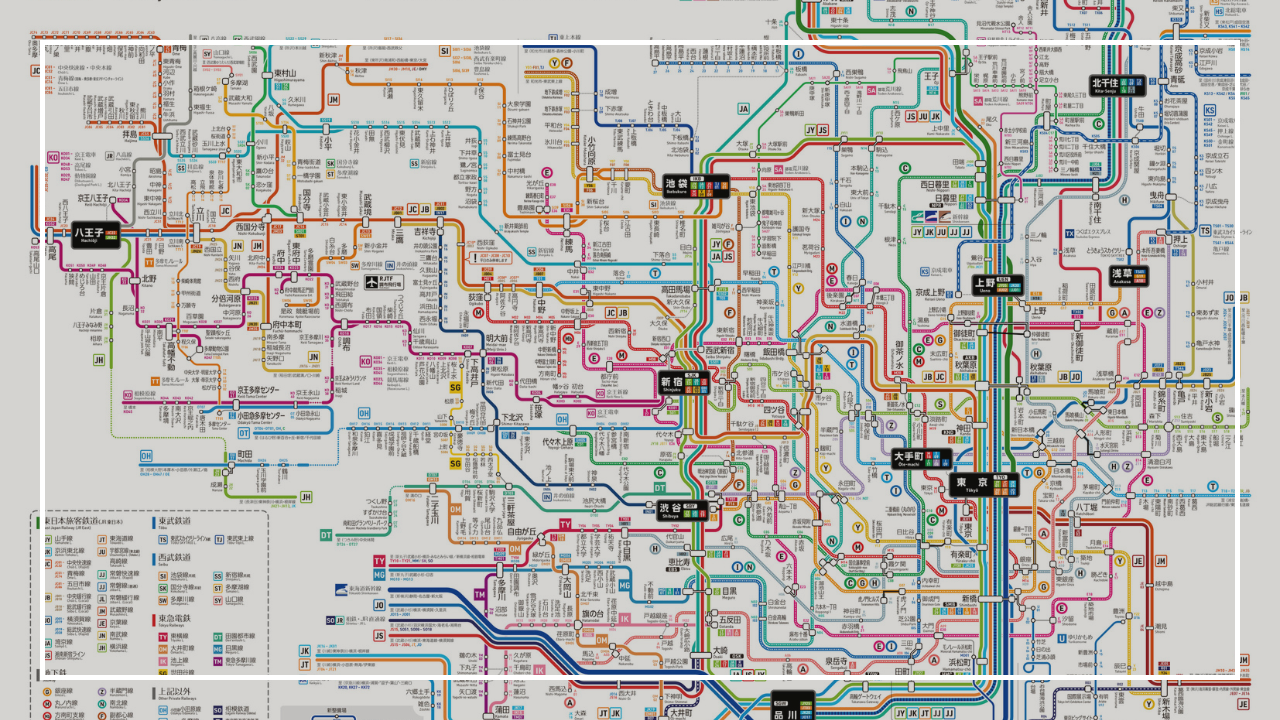Tokyo and its surrounding areas are served by numerous railway companies, each operating various distinctive lines. Here are the major railway companies and their routes:
Major Railway Companies in the Tokyo Area

- East Japan Railway Company (JR East)
- Lines: Tohoku Shinkansen, Joetsu Shinkansen, Hokuriku Shinkansen, Yamanote Line, Tokaido Line
- Tokyo Metro
- Lines: Marunouchi Line, Yurakucho Line, Hibiya Line, Chiyoda Line, Namboku Line, Ginza Line, Tozai Line, Fukutoshin Line, Hanzomon Line
- Seibu Railway
- Lines: Ikebukuro Line, Shinjuku Line, Haijima Line, Tamako Line, Tamagawa Line, Kokubunji Line
- Keio Corporation
- Lines: Keio Line, Inokashira Line, Sagamihara Line, Takao Line
- Odakyu Electric Railway
- Lines: Odawara Line, Tama Line
- Tokyu Corporation
- Lines: Toyoko Line, Den-en-toshi Line, Meguro Line
- Tokyo Metropolitan Bureau of Transportation (Toei)
- Lines: Oedo Line, Arakawa Line, Mita Line, Shinjuku Line, Asakusa Line, Nippori-Toneri Liner
- Tobu Railway
- Lines: Isesaki Line, Tojo Line, Kameido Line, Daishi Line
- Keisei Electric Railway
- Lines: Main Line, Oshiage Line, Kanamachi Line, Narita Airport Line (Narita Sky Access Line)
- Keikyu Corporation
- Lines: Main Line, Airport Line
- Metropolitan Intercity Railway Company (Tsukuba Express)
- Line: Tsukuba Express
- Yurikamome
- Line: Rinkai Line
- Tokyo Monorail
- Line: Tokyo Monorail Haneda Line
- Tama Monorail
- Line: Tama Monorail
- Tokyo Waterfront Area Rapid Transit
- Line: Rinkai Line
- Hokuso Railway
- Line: Hokuso Line
- Saitama Railway Corporation
- Line: Saitama Railway Line
Types of Trains and Their Characteristics

In the Tokyo area, trains come in various types such as “Local,” “Semi-Express,” “Express,” “Limited Express,” and “Rapid.” These trains stop at different stations and can reach major destinations quickly. Be sure to check the stops for each train. Notably, some trains like the Narita Express have specific names and require additional tickets.
For example, if you want to ride the Green Car, you’ll need a separate ticket. Green Cars have reserved seats, making them ideal if you want a guaranteed seat. However, note that Green Cars have specific boarding locations and you can’t move to or from regular cars.
For “Limited Express” trains, in addition to a regular ticket, you will need a special Limited Express ticket. Many of these trains have all reserved seats. The Narita Express, which connects Narita Airport to the Tokyo area, also falls into this category.
The station’s electronic display boards show information in various languages, not just Japanese, so if you feel unsure, be sure to check these boards first. They often display the “stopping stations,” but note that sometimes only the major stations are shown.
How to Purchase Tickets
Buying at the Station Counter
The simplest way to buy tickets is at the station counter. Just tell the staff your destination and travel date, and they’ll provide the appropriate ticket and price. You can pay by cash or credit card.
Buying from Ticket Machines
Major stations have ticket machines where you can buy short-distance tickets. You can also purchase long-distance tickets from high-function ticket machines, but if you’re not familiar with the process, it’s better to use the counter.
Buying Online
You can buy Shinkansen and Limited Express tickets online. This requires membership registration and credit card payment, which may not be convenient for travelers.
Buying at Travel Agencies
You can also buy tickets at major travel agencies, though not all branches offer this service.
Points for Changing Trains

When changing lines operated by different companies, you may need to go through a ticket gate and purchase a new ticket. If the lines are operated by the same company, you usually don’t need to exit the gate. Announcements are made in the train for transfers, and signs in the stations guide you, but large stations can be confusing. Notable large stations include Shinjuku, Shibuya, and Tokyo Station. Always check which line you need to take.
If you have large luggage, look for elevators. These are often located at the ends of platforms, so allow extra time for transfers. Regular commuters can transfer in just a few minutes, sometimes even seconds, making it a real-time challenge.
Use this guide to navigate the Tokyo area trains comfortably!








